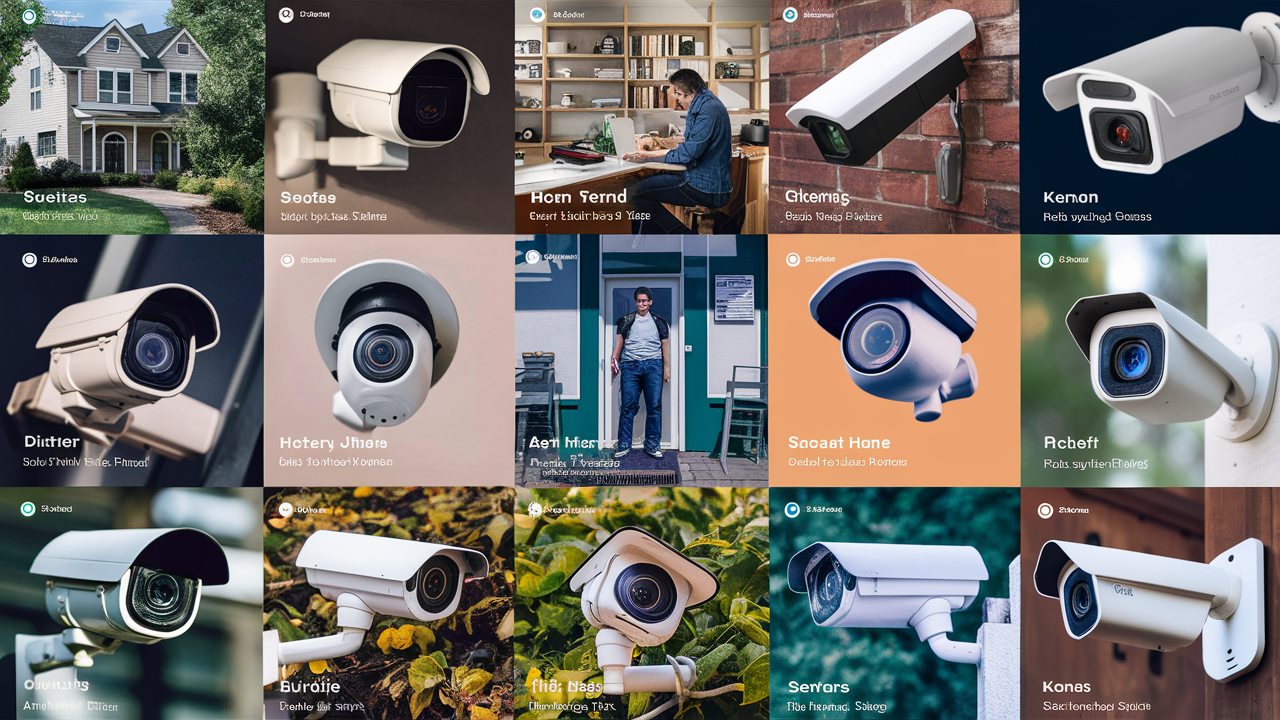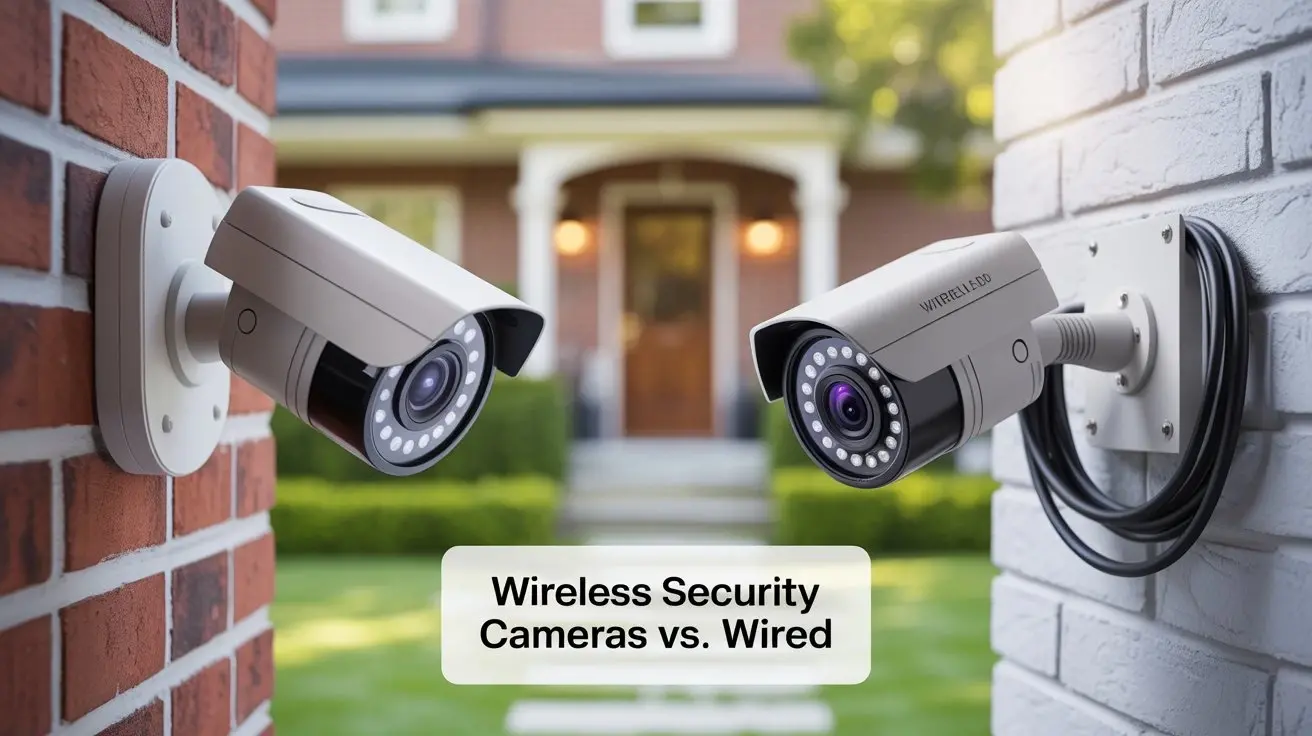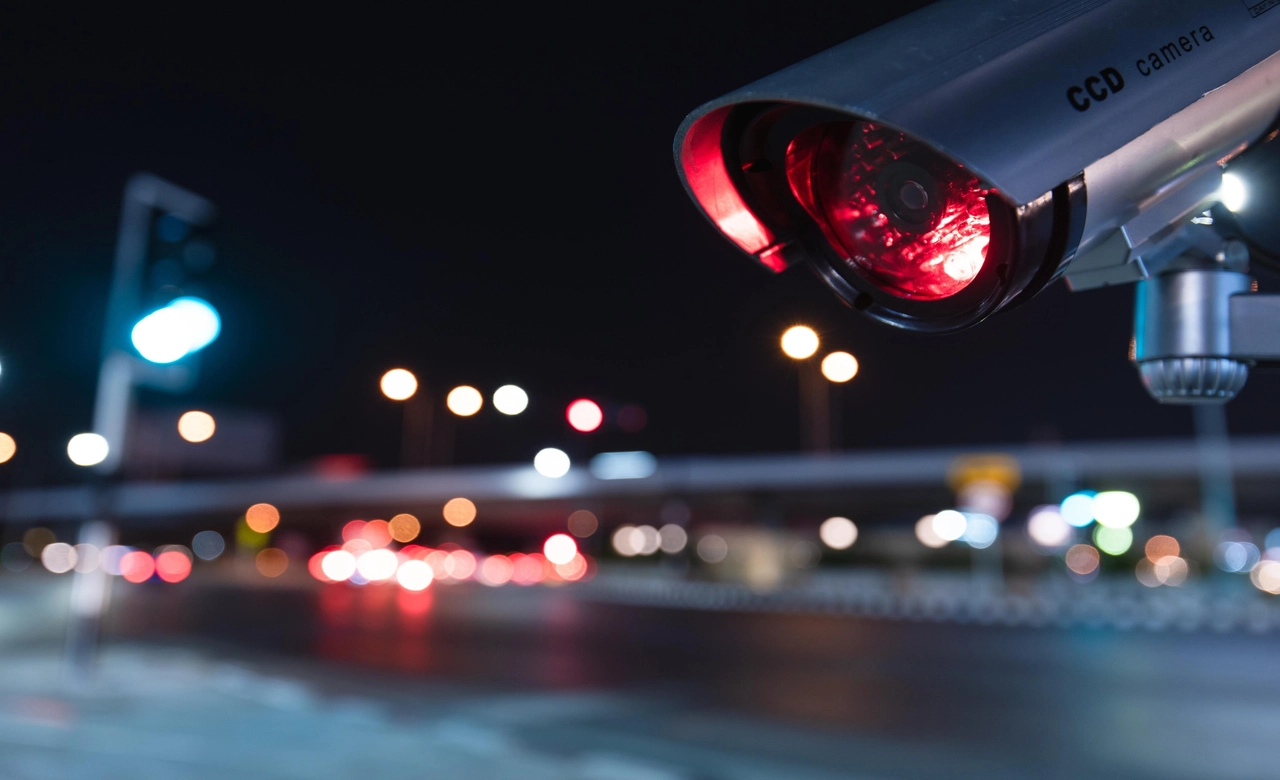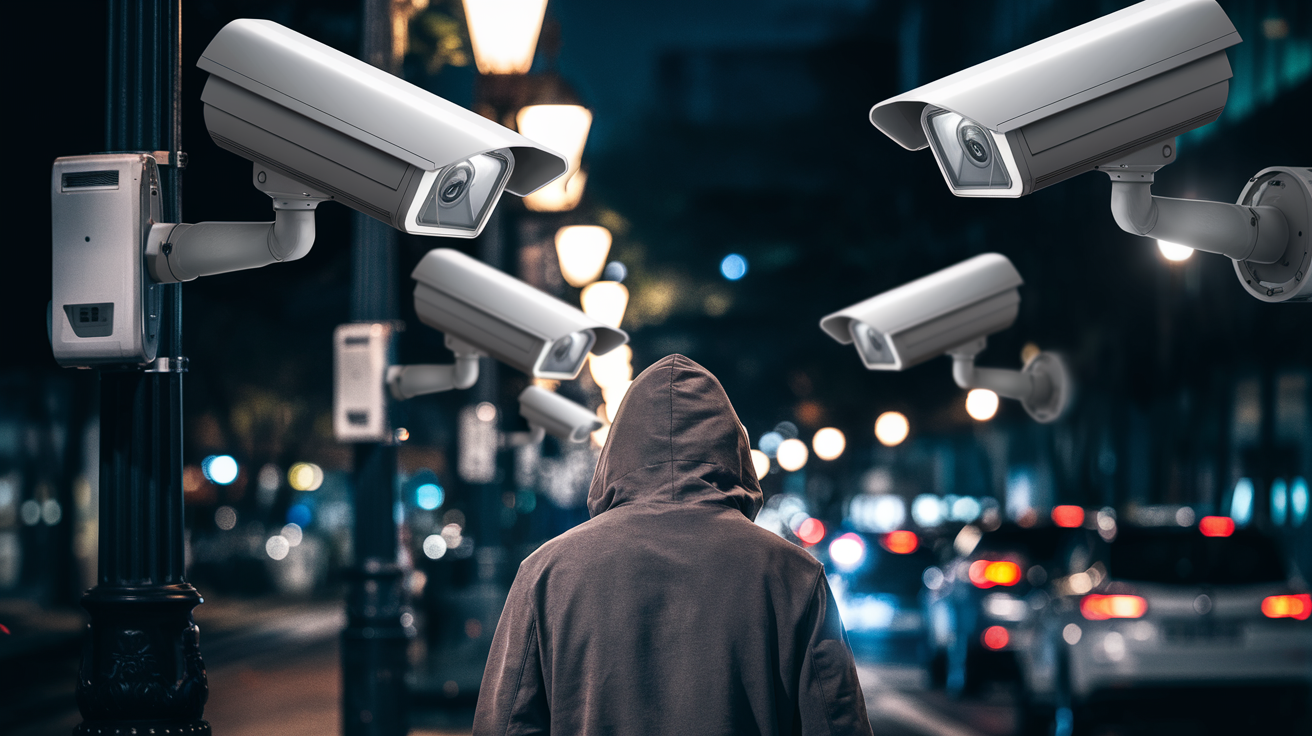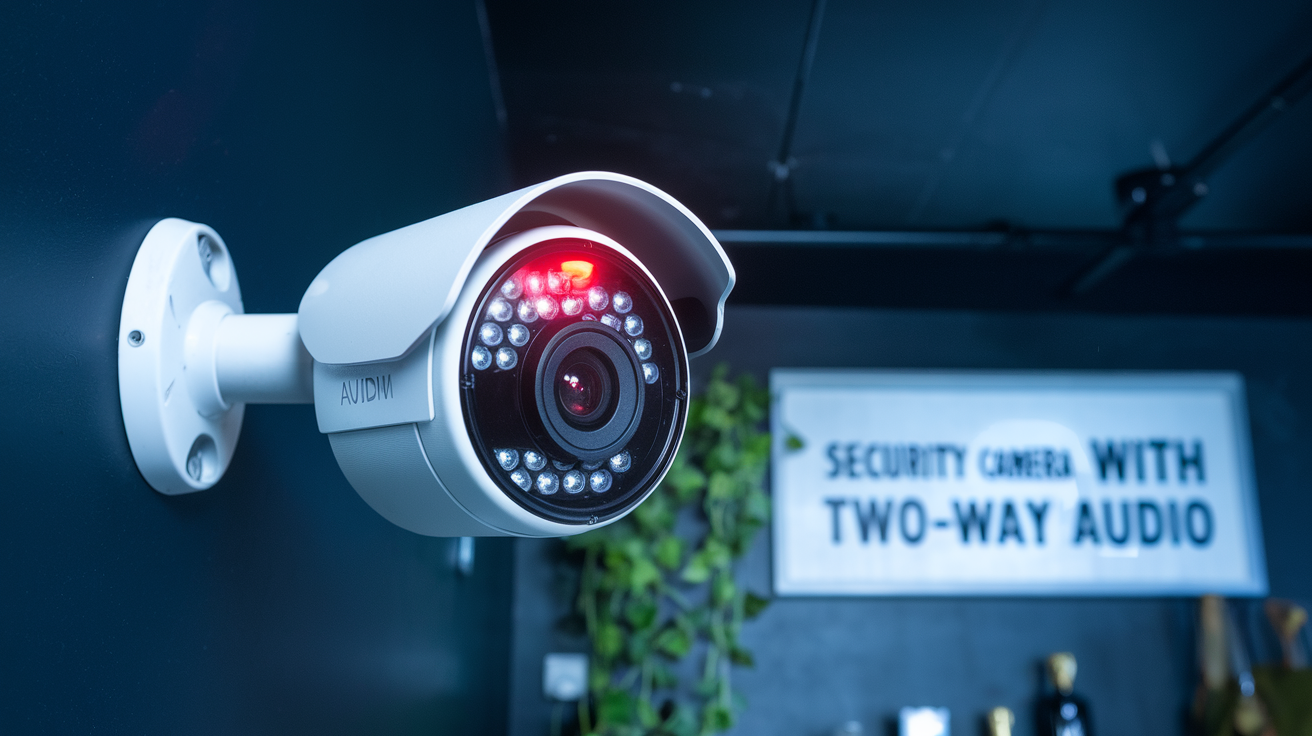Start Given the many types and choices on the market today, choosing the best security cameras for your house or company might be intimidating. On the other hand, if you know exactly the differences between the several kinds of cameras and the features to take into account, you can assess the camera system that provides the required functionality to satisfy the range of surveillance needs and the available budget. Depending on their pricing, this article will highlight the best security cameras to use by comparing various most often used models of the greatest quality.
Analysing Wired and Wireless Security Cameras When it comes to choosing security cameras for your business, one of the primary choices to be made is whether to opt for wired or wireless cameras. Wired security cameras are connected to a recording device like a DVR using cables that are installed in various buildings. This does not have problems with signal interference and is good when it comes to connectivity. However, they require running cables that may be costly and time-consuming during installation, especially in large networks. Wireless cameras do not require wiring since the video signals are sent through the Wi-Fi network. This makes wireless cameras even more convenient and faster to install in almost any location. However, wireless cameras suffer from distance and bandwidth constraints, and signal disturbances, which may disrupt the stream when specific conditions are met.
Home Security Cameras:
Inside and Out Another thing to bear in mind is whether the surveillance cameras are to be installed indoors or outdoors or both. Indoor cameras are designed to provide more features such as high-quality and detailed video footage, the ability to cover large spaces using wide-angle lenses, and better camera housing to blend with the interior of the housing. Outdoor cameras are designed with heavy-duty casework to protect them against the harshest weather conditions such as rain and snow while at the same time, being able to deliver sufficient illumination during night vision so that any activity near the perimeter of a given property is well captured. They also are more likely to have stronger metal enclosures and incorporate measures against vandalism. When choosing the appropriate camera design, it is crucial to consider the area in which the camera will be installed.
Best Budget Camera:
Wyze Cam is another new security camera that has quickly gained popularity in the market due to its cheap price, despite this, it does not have any significant drawbacks, although some functions may be limited. If you are interested in testing an indoor camera on a budget, there is no better option for those who have never tried home surveillance, as the Wyze Cam has a very favorable rating among similar devices. This miniature camera comes in a cube shape and provides full high-definition 1080p with a 110-degree lens to capture clear footage in the day or at night with IR night vision. It also has motion and sound detection alert features that are already constructed within the unit. For under $30 for the hardware alone with no monthly fees and with free mobile app support, Wyze Cam offers features not usually seen at this throwaway price. The Wyze Cam is ideal for installing simple live surveillance in such spaces as nurseries, playrooms, or home offices when on a tight budget.
Best Outdoor Camera:
Arlo Pro 4 The recently launched Arlo Pro 4 camera system offers the best professional outdoor security with superior intelligent security features. Record video quality up to two K HDR, an ultra-wide one hundred sixty degree viewing angle, and integrated LED lighting to help capture clear images day and night the Arlo Pro four the system. With a fully wireless construction, it is protected from water whether in the form of rain or snow, heat, and even freezing temperatures for outdoor applications. Similar to all Arlo cameras, it has a Wi-Fi connection and allows securely backing up the recordings to the cloud instead of having an on-site DVR allowing use on the go via mobile. Sophisticated alerts can distinguish between individuals, cars, animals, and parcels. The presence of an integrated siren and two-way audio enables users to alert the intruders to leave. The Arlo Pro 4 is pricier than most of its competitors, but the smart security features and the excellent performance do warrant the price of this camera system to protect the outdoor property without the need for video cabling.
Best 4K Camera:
Lorex 4K NVR Security System is a dedicated network video recorder that provides the central hub for the security system to monitor and record the events that occur on the premises. For obtaining the ultimate video resolution possible from today’s modern technology, a highly recommended option is the Lorex 4K NVR wired security camera system. It supports as many as eight ultra HD eight-megapixel cameras giving incredibly sharp picture quality that can be as high as four K. The cameras offer a wider one hundred twenty-degree field of view to monitor more space and have low light capability with color vision at night for enhanced video in the day or at night. Instead of cloud connectivity, the cameras transfer all the footage to an on-site network video recorder with up to twenty terabytes of storage to hold several weeks’ worth of Ultra HD footage. Lorex 4K system; By integrating Alexa as well as Google Assistant voice commands together with a powerful 4K surveillance system, Lorex has put in place a premium home and commercial surveillance system that is only paralleled to its cost of subscription.
Best Multi-Camera System:
Swann 8 Channel 4K NVR Security Camera System When it comes to the cost and features, the flexibility to expand surveillance if necessary and the characteristics of the new Swann eight Channel four K NVR wired system make it ideal for mid-range multi-camera coverage. This consists of four SUPER HD five-megapixel cameras with a one hundred twenty degrees wide-angle lens and expandable up to eight cameras. The wired cameras offer true color night vision and stream footage directly and continuously to an on-site network video recorder with capacity overload. Any incident can be played back quickly with the bundled DVR viewer software or by using the Swann Security phone application. Despite absenting some of the features of more advanced camera systems like smart motion detection, the Swann eight-channel kit offers a fantastic four K resolution with efficient parts perfect for home and small business protection with a comparatively cheap multi-camera package.
Conclusion:
Even a novice should be able to easily figure out which of the many security cameras to buy for installation once you know the basics of the most important criteria such as types of cameras and their features, as well as performance specifications. The top camera choices overviewed each have their advantages, starting from the budget Wi-Fi camera such as the Wyze Cam for simple indoor surveillance to smart systems of Lorex or Swann kits that can record 4K footage inside and outside the house. Comparing the costs with the key features, you can identify the best video surveillance solution to enhance security for your home or business.
Protect your home today with ADT’s top-rated security solutions!
Call now at +1 877-470-7879 to get a free consultation and find out how you can secure your home with the best in the business. Don’t wait—ensure your peace of mind with ADT!
